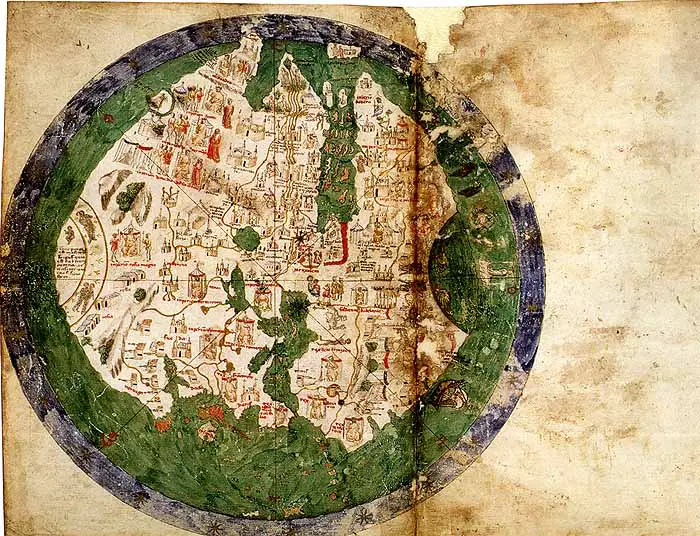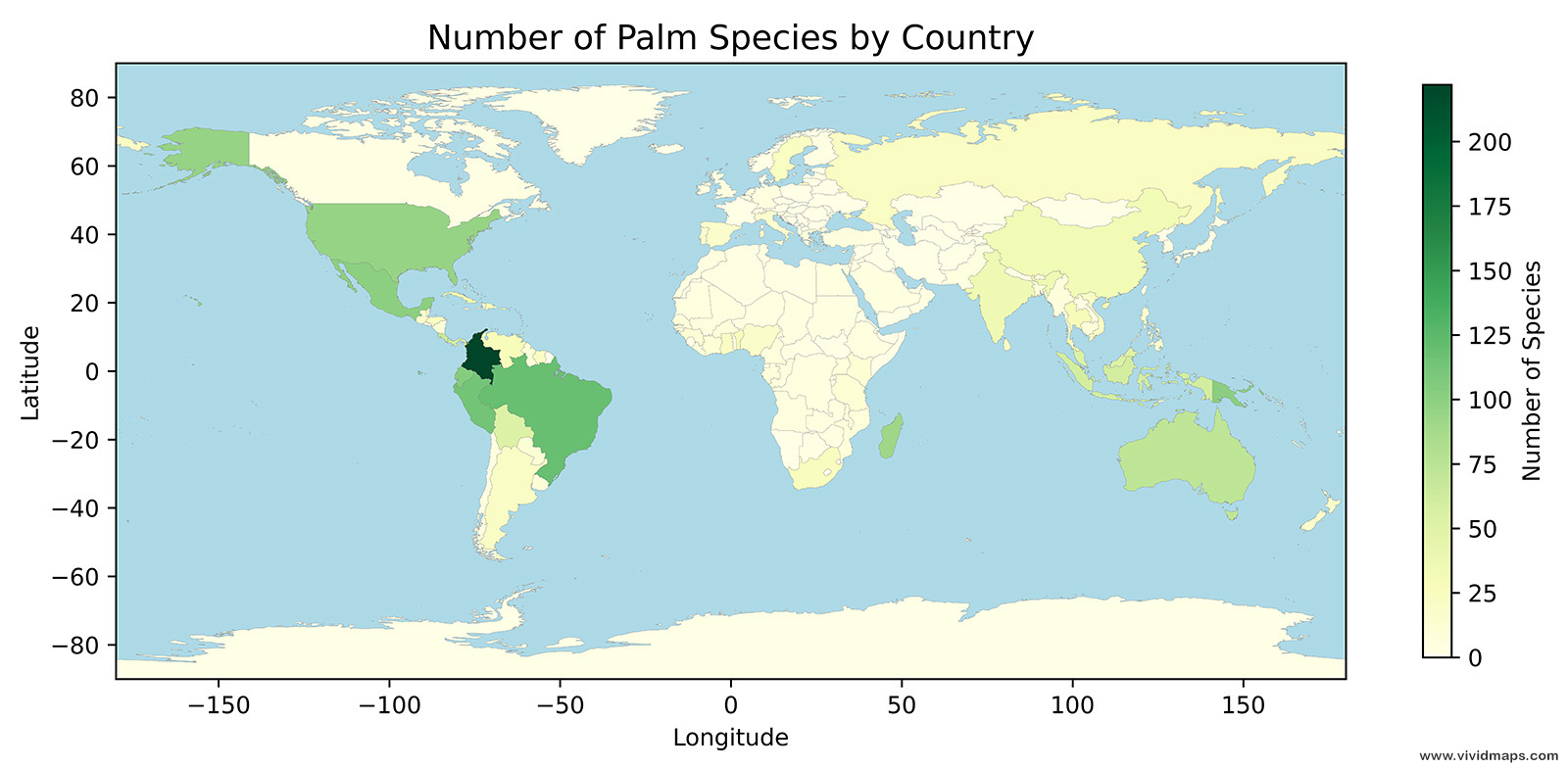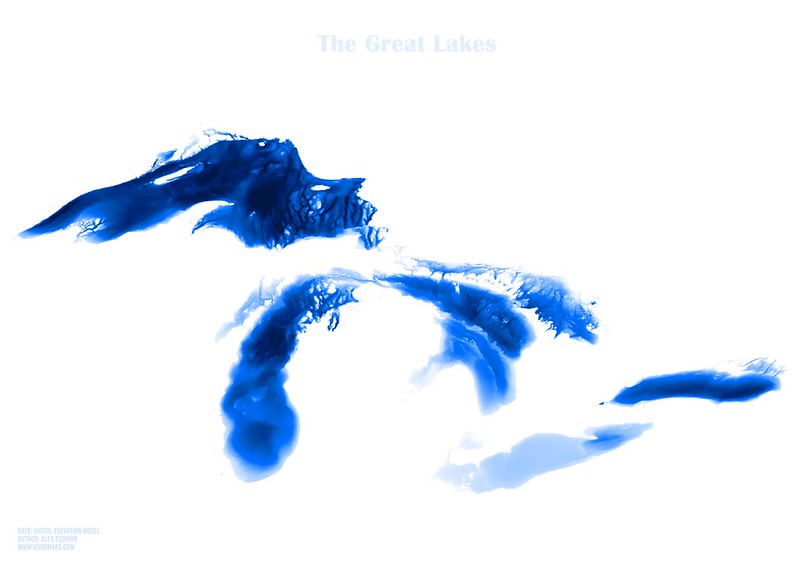10 Ways to Divide Chile
Chile is a country like no other in shape and geography — a ribbon of land stretching over 4,200 kilometers (2,600 miles) from north to south, yet averaging just 177 kilometers (110 miles) across. This slender form packs an incredible range of climates, cultures, and identities into one nation. And as this humorous series of stereotype maps, created by Reddit user nahuelacevedopena, shows, Chileans are well aware of just how different — and opinionated — they can be about each other.

Each map presents a different take on how people from one part of the country might label or judge the rest. It’s satire, of course, but satire with roots in real regional differences — from politics and food to climate and demographics.
Map 1: Tea Aficionados vs. Mate Drinkers
Chileans love their warm beverages, but the country is culturally split between tea drinkers in the central and northern regions and mate drinkers in the south — a tradition shared with Argentina. This map reflects a subtle but telling cultural divide that shows how even drink preferences can symbolize identity.
Map 2: Miners, Taxi Drivers, and Farmers
This map exaggerates the economic roles of each region. The north is pegged as the land of miners, central Chile as full of taxi drivers and retail workers, and the south as a region of farmers, reflecting both stereotypes and kernels of economic truth.
Map 3: Unbothered Catholics, Evangelical Fanatics, and Sodom & Gomorrah
Religion meets irreverence in this caricature. The north is seen as religiously conservative, the south even more so (bordering on fanatic), while Santiago and its surroundings are portrayed as a modern-day “Sodom & Gomorrah” — secular, liberal, and perhaps a little wild.
Map 4: Wealthy Miners, Wealthy Urbanites, Average South Americans
This one is all about class and wealth. It plays with perceptions that the north is home to rich miners, the capital region to wealthy urban elites, and the rest of the country, particularly the south, is filled with “average South Americans,” suggesting modest lifestyles.
Map 5: Natives and Mainstream Chileans
Here’s a look at ethnic and cultural geography. The far north is marked as Northern Natives (like the Aymara), the far south as Southern Natives (such as the Mapuche), and Pacific Islanders Natives on Easter Island. The central region is home to “Mainstream Chileans” — a simplification, but one that touches on centuries of history.
Map 6: Vegan Hippies vs. Barbecue-Loving Rednecks
Lifestyle clashes are the theme here. Santiago and parts of the central region are labeled as “Vegan Hippies”, while surrounding areas are “Barbecue-loving rednecks” — evoking a satirical urban–rural divide. The rest of Chile? Just “Normies.”
Map 7: Little Peru, Little Colombia, Little Haiti
A commentary on immigration and diaspora communities. This map highlights areas in the Northern part of the country and around Santiago, with strong Peruvian, Colombian, and Haitian populations. Some isolated regions are bluntly marked “No one wants to emigrate here,” pointing to perceived economic stagnation or remoteness.
Map 8: Arizona, Mediterranean, and Alaska — All in One Country
Chile’s climate diversity is brilliantly summed up here. The north is scorching and dry like Arizona, central Chile enjoys a Mediterranean climate ideal for wine, and the south resembles Alaska — cold, rainy, and windswept.
Map 9: Proud Chileans and Croatian Separatists
This humorous map references regional pride, especially in the south, where some towns (like Punta Arenas) have strong Croatian heritage. While most of Chile is labeled “Proud Chileans,” a corner of the south jokingly dreams of “Croatian separatism.”
Map 10: Steadfast Socialists, Staunch Conservatives, and Go with the Flow
This final map offers a humorous representation of political culture. The far north and deep south are labeled as “Steadfast Socialists,” the inland central regions as “Staunch Conservatives,” and the rest, particularly urban centers, as people who “Go with the flow.”
If you enjoy satirical, stereotype-based cartography, check out the Atlas of Prejudice by Yanko Tsvetkov — a brilliant collection of maps available on Amazon that humorously charts how different cultures view each other.









Printing is microscopic. How do I enlarge the pic to the point where I can actually read the text?
Fixed.
Thanks.